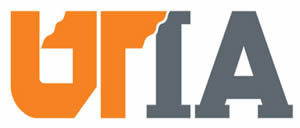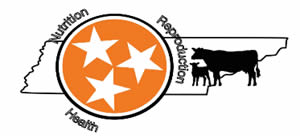

A Student’s Perspective on the Importance of Getting Back to the Basics
By: M.P. Furches and K.J. McLean

Ensuring the successful reproduction of animals is of the utmost importance for producers raising livestock. A detailed knowledge of species-specific reproductive functions based on the stage of production is vital to maintain efficiency. Many producers have extensive hands-on experience but lack or have forgotten the knowledge of the anatomy or physiology to troubleshoot uncommon issues with the animals that they raise. This may even be true with producers that have a college education, as the education they received focused on more complex interactions than just the foundational aspects of anatomy and physiology. While one can learn to raise livestock without prior knowledge of the anatomy and physiology of the animal, it can be much harder to do so and may lead to increased expenses due to consultation and veterinary fees. An understanding of the anatomy will allow the producers to problem solve for their animals on a more individualized basis, ultimately leading to more profit per animal. The more informed we are in the industry, the more we will know when expert intervention is necessary on a case-by-case basis.
Most collegiate education in animal science requires basic anatomy and physiology. In these courses, you generally begin with the anatomy and then build the understanding of physiology from there. Understanding the anatomical structures at their most basic level leads to an easier and more nuanced understanding of the systems, how they work, and how they interact with each other. All of which is vital to understanding the “why” in livestock management. The industry and livestock management are currently very focused on honing and perfecting management strategies. While this is extremely important to providing the best quality care, tunnel vision focus on efficiency can potentially lead to larger issues. Identifying where there is a reproductive issue may be simple, however an understanding of reproductive anatomy can allow us to make informed decisions to avoid health concerns. For instance, it is human instinct to remove a remaining placenta. However, this can cause severe damage to the uterus, which would result in a greater veterinary cost through infections. Additionally, understanding that spermatogenesis takes around 60 days may avoid unnecessary culling of bulls. If we perform a BSE less than 60 days post-breeding, bulls may end up being removed from the herd due to unsatisfactory BSE results that are not permanent but merely a result of environmental stress. Understanding this physiological time requirement can be utilized to confirm infertility by allowing enough time for a recheck prior to the breeding season and culling a bull after two failed BSEs. Or, consider the impact of synchronization. Understanding the anatomy of ovaries and how the animal responds to synchronization drugs may help to diagnose issues or reasons for poor results you weren’t expecting within a healthy herd. When we allow ourselves to lose sight of anatomical and physiological basics, it is much easier to overlook potential resolutions or simple problems with the animals we raise. It’s time we got back to the basics
Download a copy of this article as a pdf file.